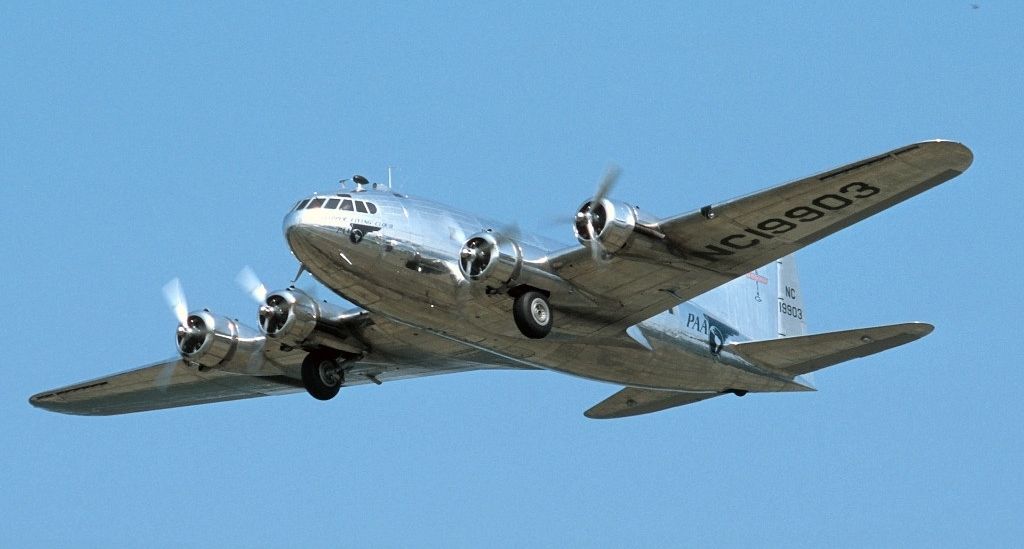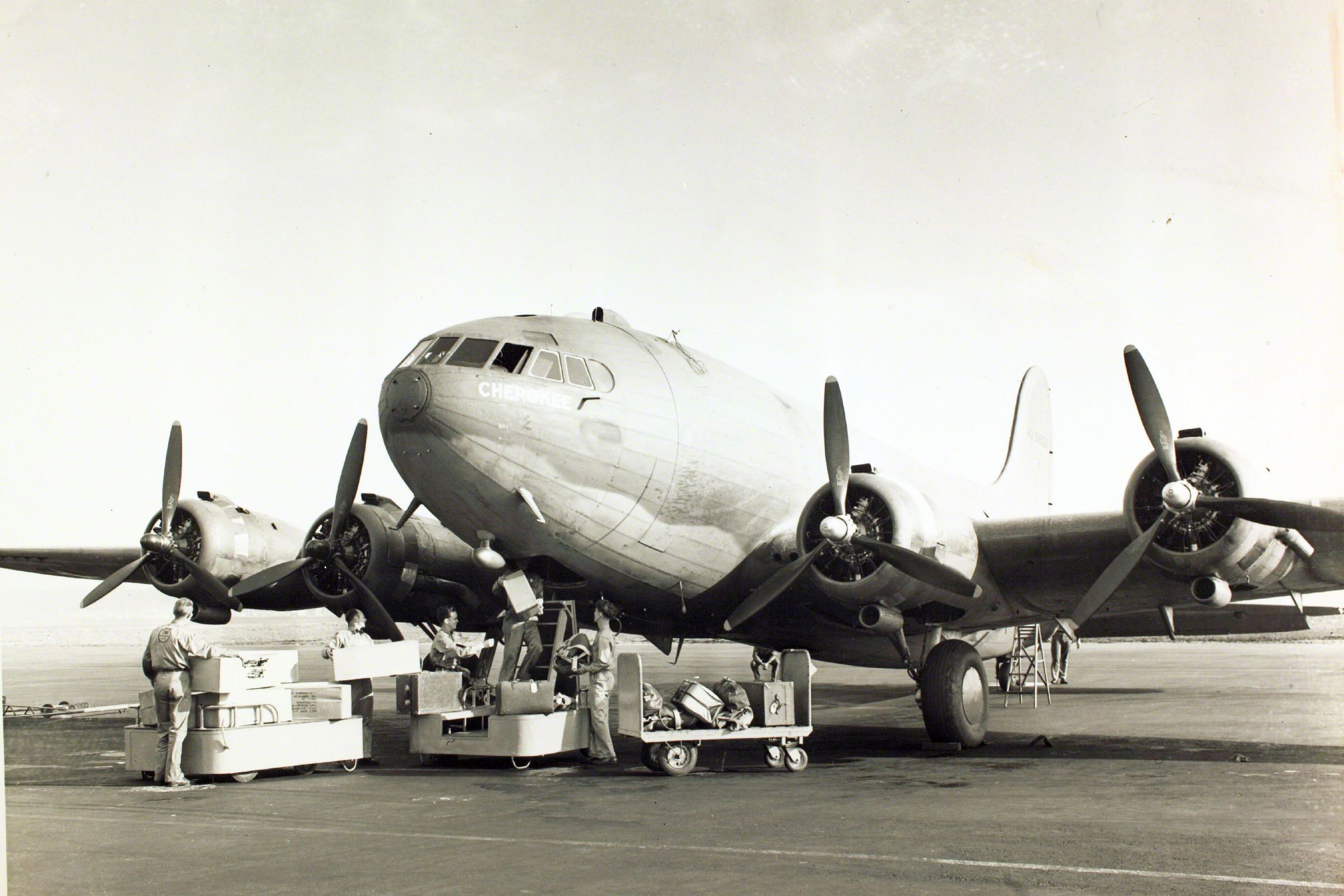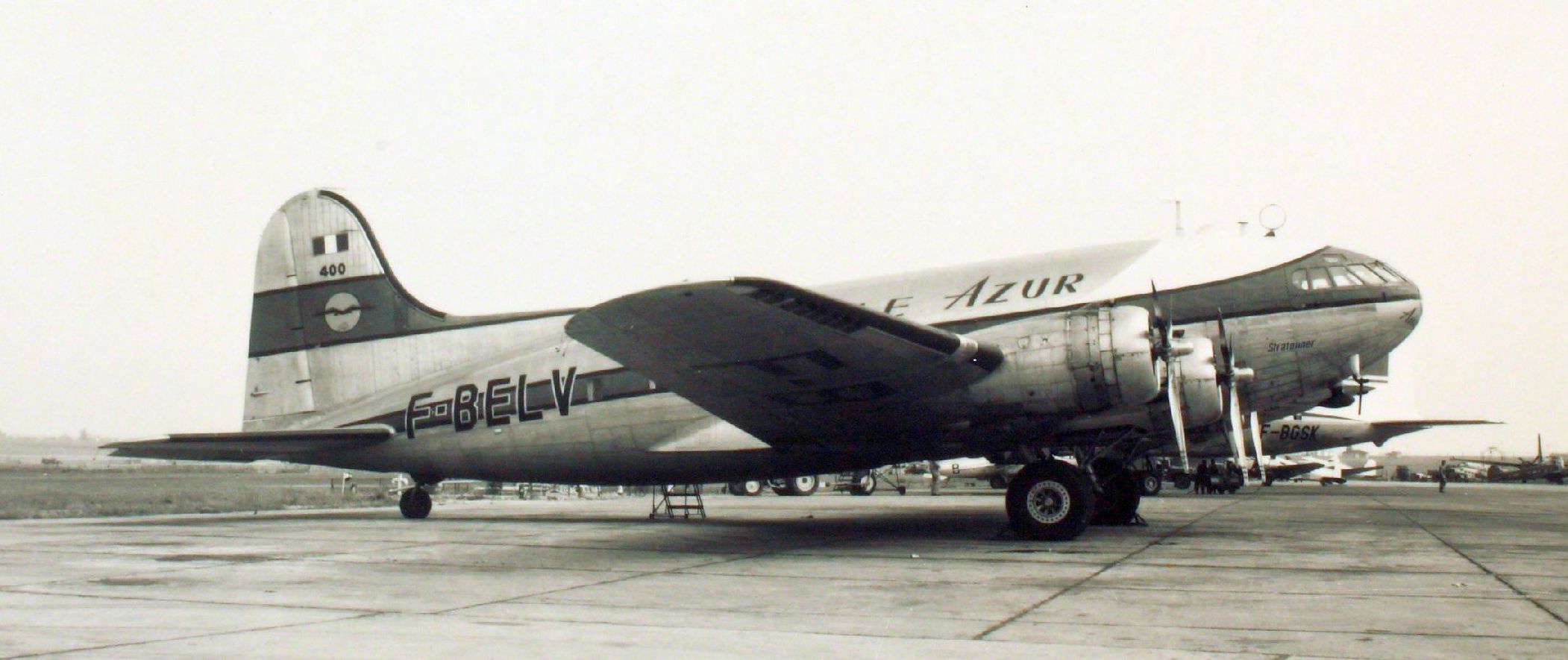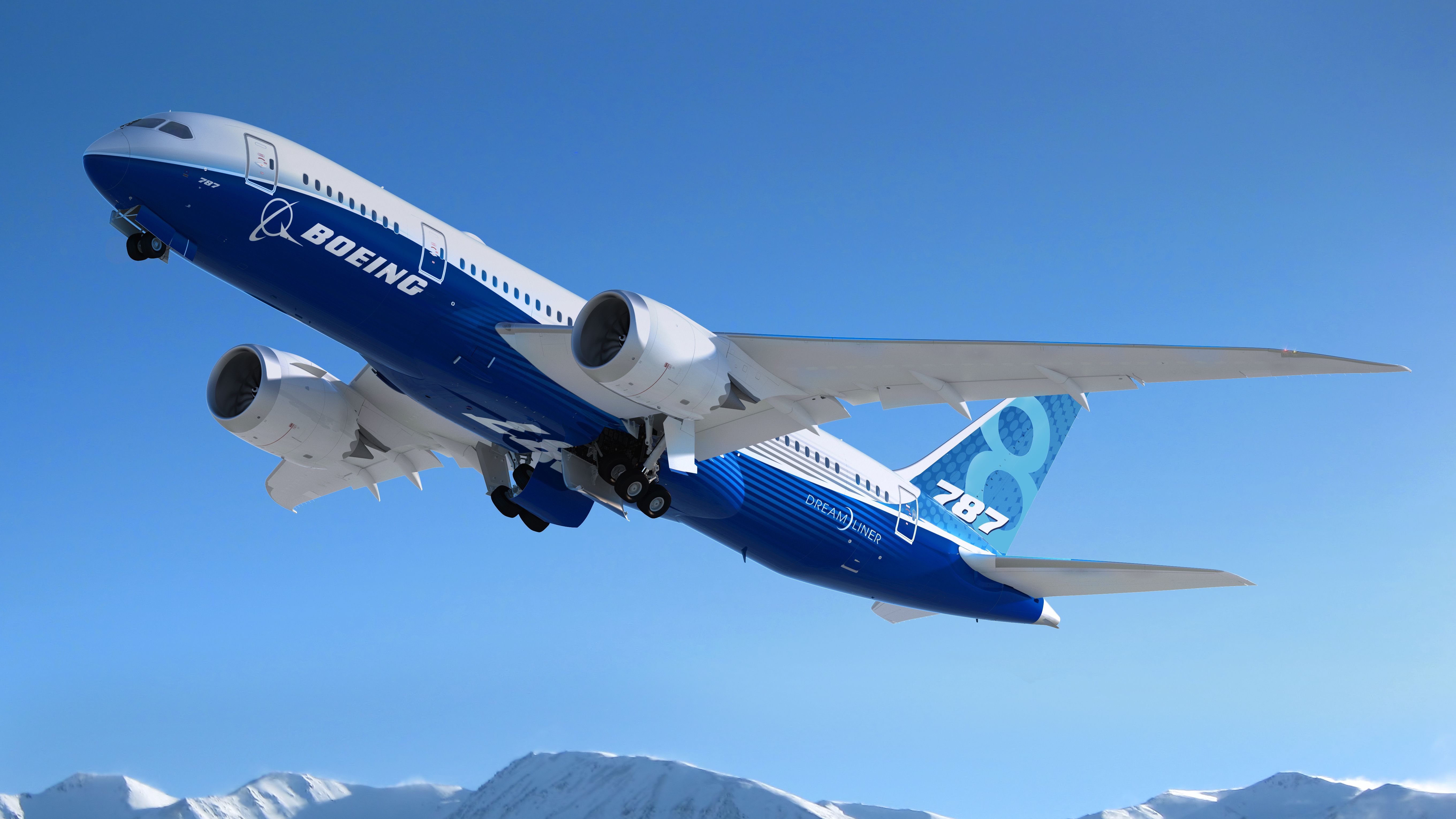Summary
- Boeing modified the B-17 Flying Fortress into the Boeing 307 Stratoliner to meet the demand for civilian airliners.
- Development of the Stratoliner was marred by tragedy, with the first prototype crashing, delaying its operational debut.
- Pan American Airways and TW&A operated the 307 Stratoliners, offering cross-country commercial flights at $270.
During the Second World War, aerospace manufacturers focused all of their attention on building strategic military aircraft, with manufacturer Boeing keeping its energy primarily on bombers. Among the most famous bombers of the war was Boeing’s quad-engine piston-powered B-17 Flying Fortress, an aircraft aptly named due to its impressive redundancy and operational capabilities.
However, despite a heavy focus on military production, there was still a demand for new civilian airliners within the United States, and to meet this demand, Boeing came up with an ingenious solution. Instead of wasting valuable work hours and resources designing an entirely new plane from scratch, the manufacturer modified its B-17 Flying Fortress to build a quad-engine airliner known as the Boeing 307 Stratoliner.
Only 10 Boeing 307 Stratoliners would take to the skies, but they would do so with some of America’s most well-known and reputable airlines of the era. In this article, we will take a deeper look at the fascinating story of the Stratoliner.
The aircraft’s development
The story of the Boeing 307 Stratoliner begins with the marred developmental process that followed the Douglas DC-4. In 1935, many of America’s largest airlines, including Pan American Airways, United Airlines, American Airlines, and Transcontinental & World Air (T&WA), signed a contract with Douglas to provide funding to support the design of a new 40-person airliner, dubbed the DC-4.
Photo: Sunil Gupta | Wikimedia Commons
However, due to development problems and poor performance, all major airlines bailed out of the DC-4 program, leaving a void in the market. Airlines needed an aircraft with a pressurized cabin that could fly over the high Rocky Mountains even during the summer when thunderstorms were common.
Thus, Boeing stepped in, modifying the Boeing B-17 Flying Fortress into an airliner that would soon become the first to enter commercial passenger service with a pressurized cabin, according to the National Air & Space Museum. The process, however, was defined by tragedy, with the first prototype catastrophically crashing during a test flight on March 18, 1939, killing all ten passengers onboard.
Photo: San Diego Air & Space Museum
The crash heavily delayed the aircraft’s development, with test flights not resuming until May due to an investigation from the US Civil Aeronautics Authority, the precursor to the Federal Aviation Administration (FAA). The plane entered passenger service on 4 July 1940 with Pan American Airways.
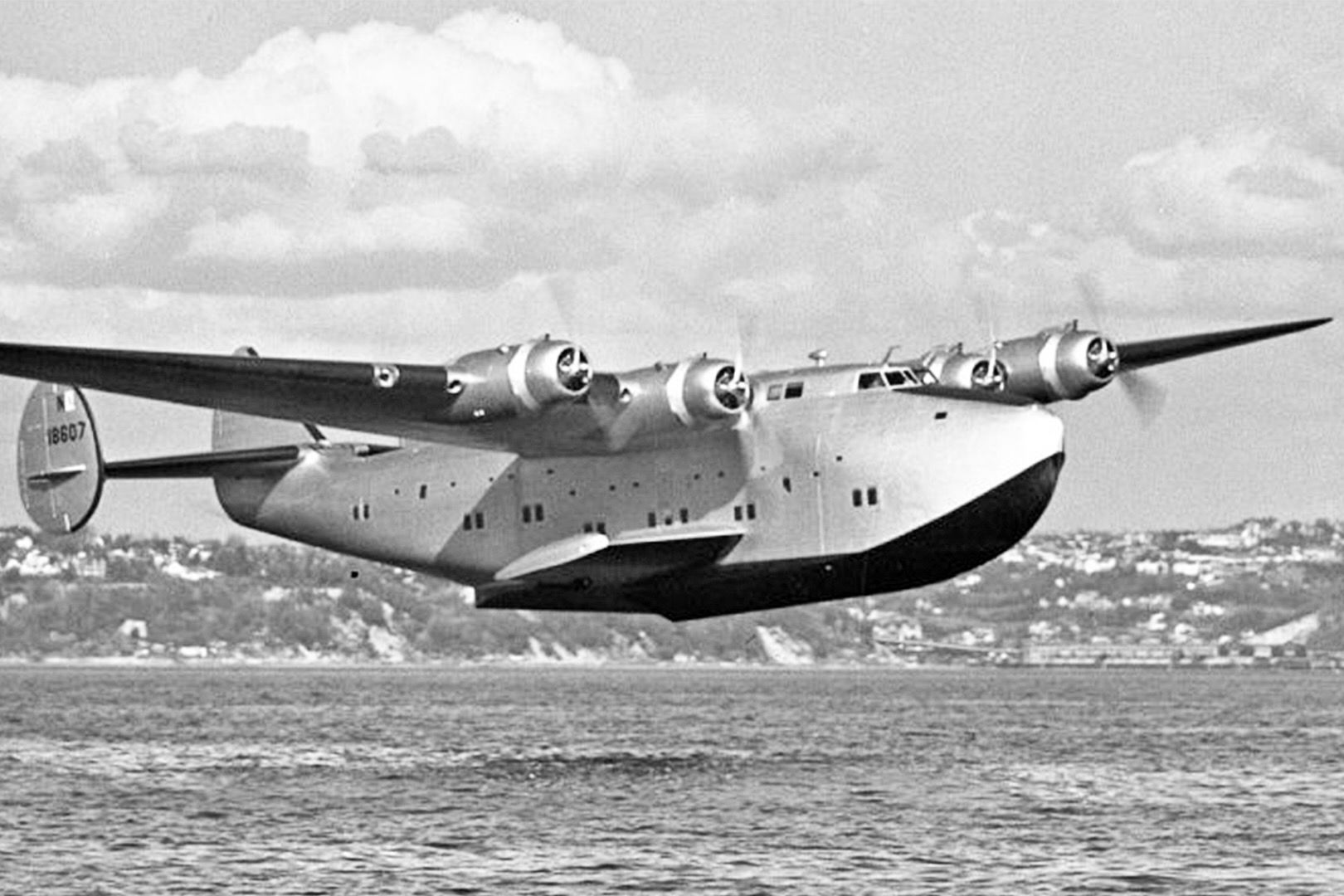
Model 314: When The Boeing Clipper Performed Its First Flight
The ‘Clipper’ took to the skies for the first time over eight decades ago.
Operational history
Pan American and TW&A would put their 307 Stratoliners into commercial service, with Pan Am receiving three planes and TW&A operating a fleet of five. According to publications from the airline back in the 1940s, TW&A flew their Stratoliners on a number of cross-country routes, including connections from New York to Burbank with stops in Chicago, Kansas City, and Albuquerque. On these roundtrip flights, the carrier would charge roughly $270.
Photo: San Diego Air & Space Museum
The plane was also used by multiple military operators as a standard transport aircraft, with the United States Army Air Forces flying five ex-TW&A planes for quite a few years. The force also operated a handful of aircraft owned by Pan Am during the war, and the Haitian Air Corps operated one ex-Pan Am aircraft in the 1970s.

